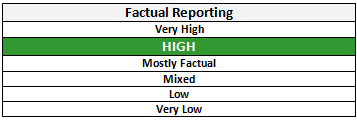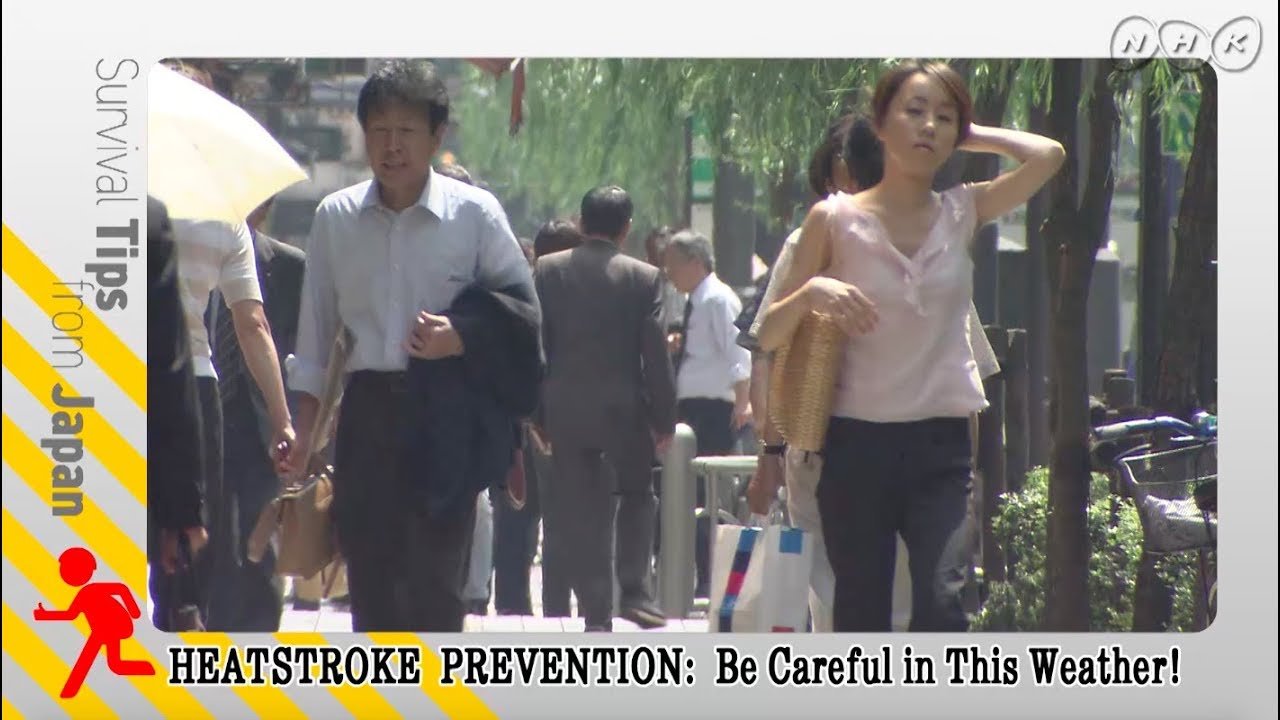In a recent update by NHK WORLD-JAPAN, viewers are urged to take precautions against heatstroke during weather conditions that are hot and humid, especially on days when temperatures soar above 30 degrees Celsius. The video emphasizes that the risk of heatstroke increases significantly on sunny days during and right after the rainy season, as people are not yet accustomed to the heat and humidity. The Japan Meteorological Agency (JMA) issues high-temperature alerts when forecasts predict temperatures to exceed 35 degrees Celsius, signaling a need for heightened awareness and preventive measures.
- Heatstroke risks escalate during hot and humid days, particularly when temperatures rise above 30 degrees Celsius.
- The period during and immediately following the rainy season is critical, as individuals are not yet acclimated to the high heat and humidity.
- When temperatures are forecasted to exceed 35 degrees Celsius before the end of the rainy season, there is a surge in heatstroke cases.
- The JMA issues high-temperature alerts on days with expected temperatures over 35 degrees Celsius to warn the public about the increased heatstroke risk.
- People are advised to be extra vigilant about heatstroke on days with high-temperature alerts.
NHK WORLD-JAPAN is “the international service of Japan’s public media organization NHK.” NHK World-Japan is operated by Nippon Hoso Kyokai (NHK). The goal of NHK World-Japan is stated as “to promote a deeper international understanding of Japan, introducing the latest events in Japan through news and other programs.”
“Overall, we rate NHK World-Japan Left-Center biased based on story selection that slightly favors the left. We also rate them High for factual reporting due to a clean fact check record.”
https://mediabiasfactcheck.com/nhk-world/


Official website: https://www3.nhk.or.jp/nhkworld/
Original video here.
This summary has been generated by AI.
